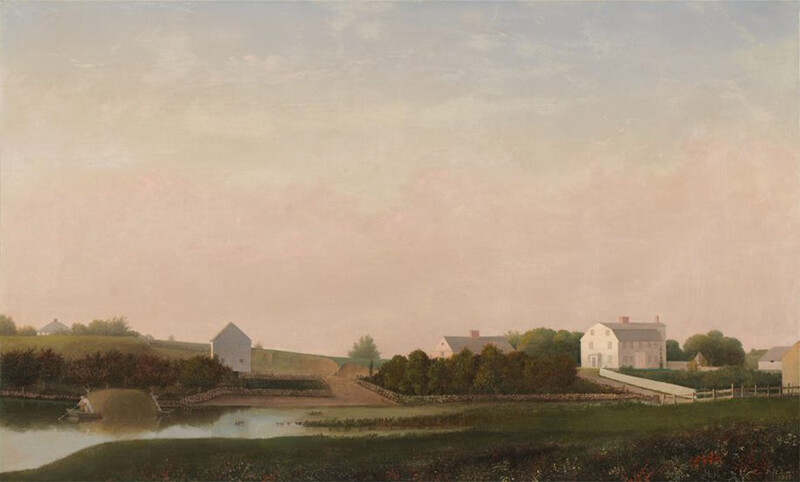
Fitz Henry Lane (1804-1865). Babson and Ellery Houses, Gloucester, 1863. Oil on canvas. Gift of Roger W. Babson, 1937 [Accession # 779.2]
May
is Historic Preservation Month and at the Cape Ann Museum we are the fortunate
stewards of four historic structures: The White-Ellery House (1710); The Babson-Alling House (c.1740); an
early New England barn (c. 1740); and the Captain Elias Davis House (c.
1799-1804). Together these buildings provide
visitors with unique and thought-provoking points of entry into the social and
economic history of this region over the past 400 years. Three of these buildings form part of the
Cape Ann Museum Green and are integral to our new contemporary art initiatives.
Babson-Alling House
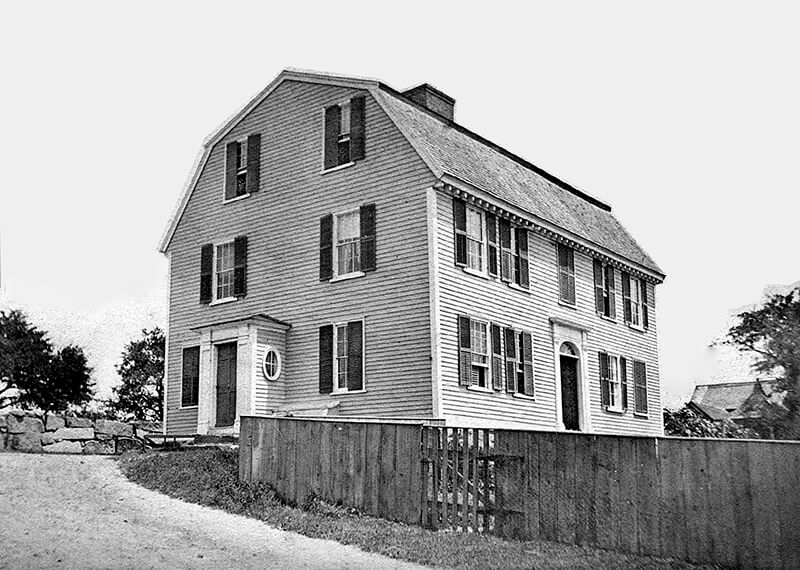
The Babson-Alling House, photographed by Corliss & Ryan in 1882, collection of the Cape Ann Museum Archives
As we move into the
final stages of work on the Museum’s new Collections Center and Education/
Exhibition flex space at the Cape Ann Museum Green, we look forward to
beginning stabilization and preservation work on the Babson-Alling House
(c. 1740), a treasure hiding in plain sight. Acquired by the
Museum early last year, the House is a visual reminder of the Colonial-era
settlement which once existed at Gloucester’s Town Green. With the support of
private and public funders, the Museum looks forward to securing the envelope
of the Babson-Alling House while preserving its historical integrity.
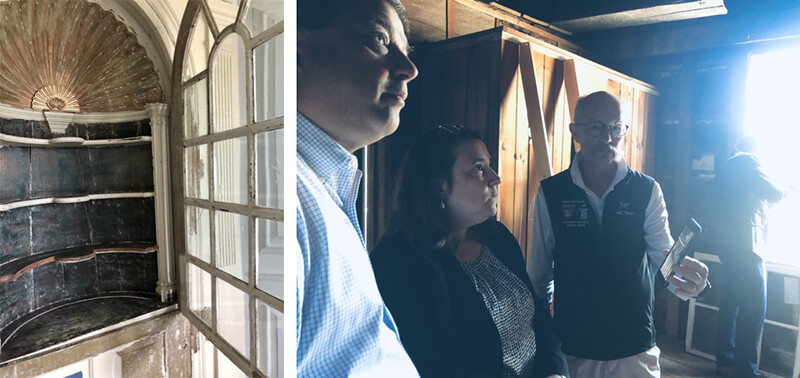
Detail of the corner cupboard in the parlor of the Babson-Alling House; Sen. Bruce Tarr, Representative Ann-Margaret Ferrante; Chair, Cape Ann Museum Green Committee, William Ellery James visiting the Babson-Alling House
Manager of Historic Structures and Landscapes at the Peabody-Essex Museum
White-Ellery House
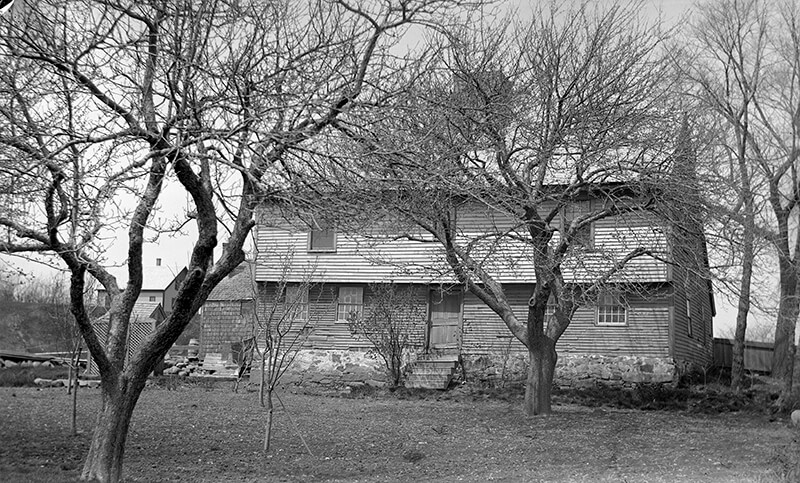
The White-Ellery House, photographed by Joseph H. Clark, 1889, collection of the Cape Ann Museum Archives
The White-Ellery House
has been owned by the Museum since 1947 and is one of just a handful of First
Period structures in the region exhibiting much of its original interior
detailing. Together with the rest of the Cape Ann Museum Green campus, the White-Ellery House today plays a vibrant role in engaging and connecting the community with contemporary art. Most recently the historic barn served as the backdrop for CAM Contemporary’s “In Gratitude” installation..
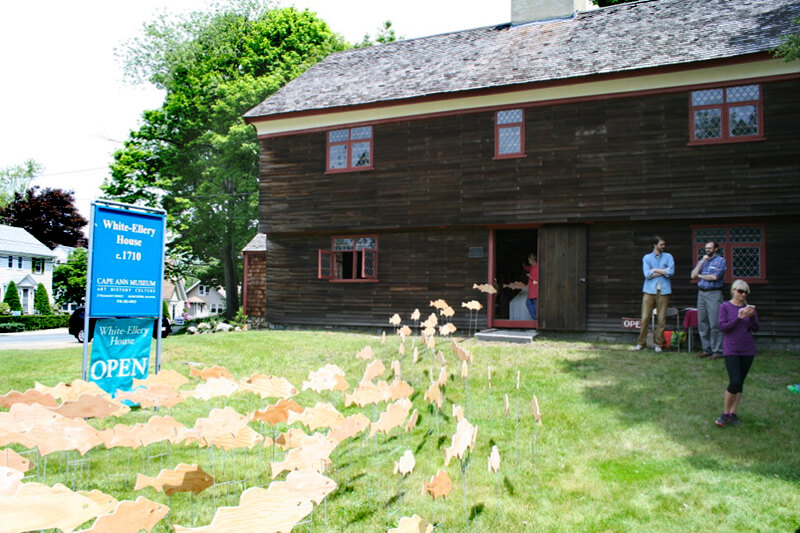
CURRENT (Tim Ferguson Sauder and Robert Alexander, 2016)
Capt. Elias Davis House
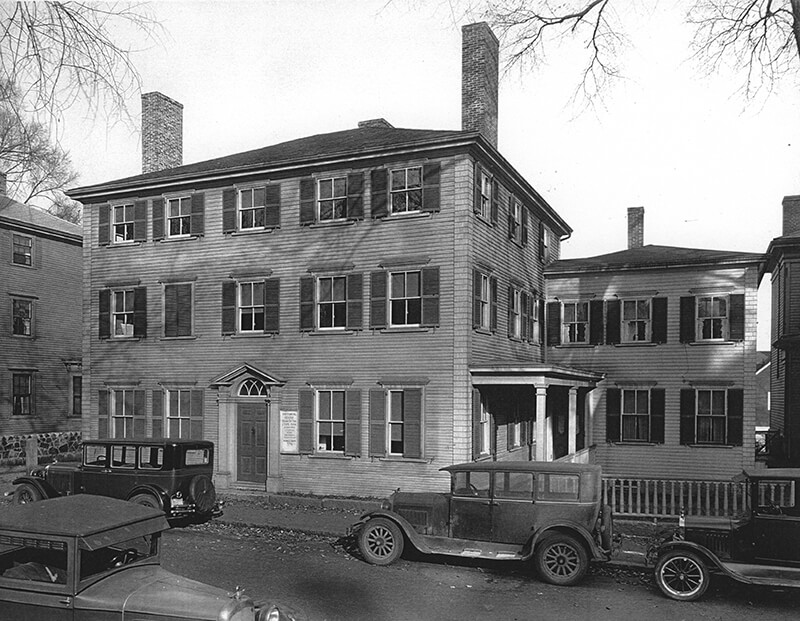
The Davis House, photographed by Leon Abdalian, c. 1930, collection of the Cape Ann Museum Archives
The
Capt. Elias Davis House,
located in Gloucester’s downtown neighborhood, was constructed between 1799 and
1804 and has been the headquarters of the Cape Ann Museum since 1923. The House was built by “housewright” Jacob
Smith who relied on architectural pattern books in his work and who is also
credited with also building Gloucester’s Universalist Meeting House (c.1805).
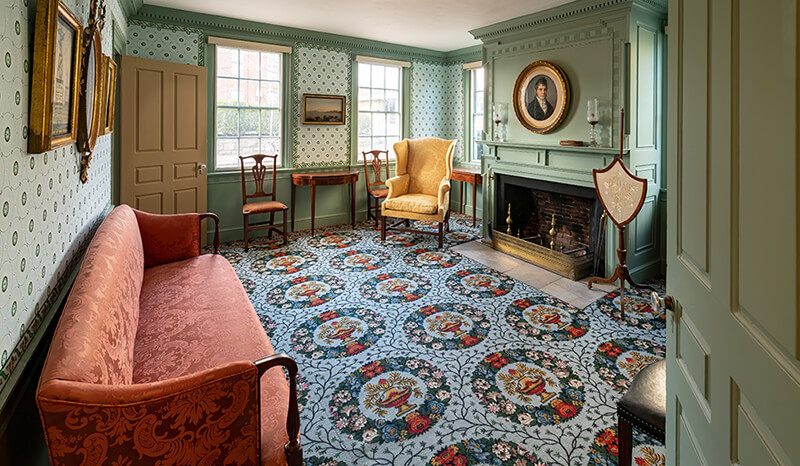
Photograph copyright: Steve Rosenthal. Learn more about the recent carpet installation
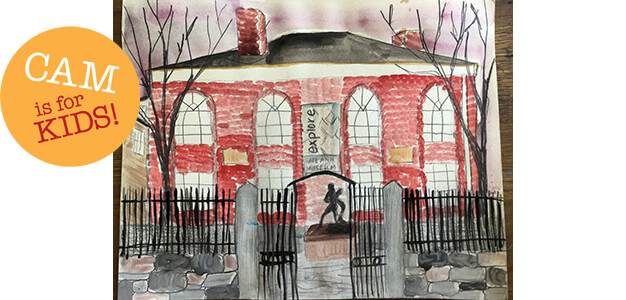
Unsubscribe | Forward | View in browser
CAPE ANN MUSEUM
27 Pleasant Street, Gloucester, MA 01930
Cape Ann is one of the most important places in the history of American art and industry.
The Cape Ann Museum, thanks to supporters like you, celebrates the history and remarkable contributions of this place to the cultural enhancement of our community and the world at large - yesterday, today and tomorro

